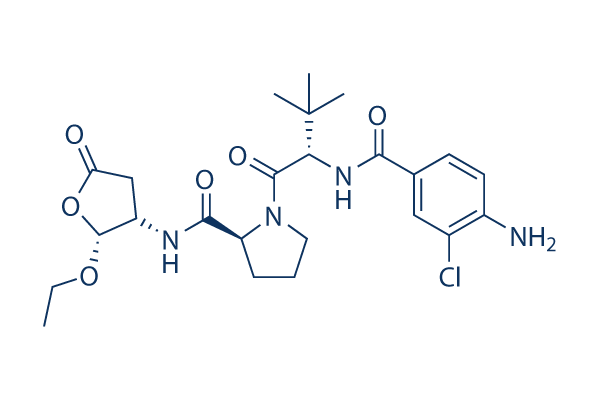No significant correlations were discovered concerning the colour grouping and also the gene expression amounts with the individual genes. Given that these information were in due program to be applied for eQTL mapping, we slowly expanded the dataset in an effort to find out the minimal sample size with adequate power in eQTL mapping. 1st 29 samples were additional for the dataset and Kruskal Wallis evaluation was carried out to find out the power of eQTL mapping. This yielded only very important correlations for CHS. Finally, we needed a complete of 70 siblings to get adequate power to detect eQTLs for 50% in the genes. We thus thought to be 70 samples for being adequate for our gene expression study. The results of all three assays were consequently combined in a single dataset with 23 white flowers, 22 red, 19 carmine red and eight pink ones. Due to the spread of the evaluation over 3 different time factors, inter run calibration was required to proper for likely run to run variation.
Making use of IRCs as advised by was not feasible given that these were not implemented consequently in each assay. As an alternative, the overall gene expression level per plate was implemented for inter run calibration. The geometric indicate was selleckchem favored above the arithmetic indicate for calculating this IRC element, since the former controls greater for potential outlying values. To verify No correlation could possibly be discovered in between the flower colour groups and gene expression levels. Nonetheless, the expression of some genes appeared to become correlated to some others, for CHS and FLS there was even a substantial correlation with all other genes. The flavonoid biosynthesis pathway is usually partitioned between early and late pathway genes, however the breaking level differs in between species. In azalea, F3H and F3 H are deemed as early pathway genes along with CHS and FLS, ANS and DFR are several of the late pathway genes.
Taking numerous combinations of early or late pathway genes as an input for discriminant evaluation, some of these combinations appeared to selleck have the ability to distinguish to a small extent amongst flower colour no matter if our methodology did not introduce bias within the dataset, we chose to examine the end result of each calculation approaches. For this goal, the samples from the total  dataset were split up yet again right after averaging the calibrated normalised relative quantities of the biological replicates. All gene expression final results, each CNRQ and NRQ per assay, are proven in Further file four. Mantel evaluation confirmed the consistency of the inter run calibration system utilized. The NRQ values in each matrices have been drastically correlated in the amount of p 0. 001 for assay two and three and p 0. 004 for assay one. The imply difference in Cq values amongst technical replicates varied between 0. 07 and 0. 27 cycles.
dataset were split up yet again right after averaging the calibrated normalised relative quantities of the biological replicates. All gene expression final results, each CNRQ and NRQ per assay, are proven in Further file four. Mantel evaluation confirmed the consistency of the inter run calibration system utilized. The NRQ values in each matrices have been drastically correlated in the amount of p 0. 001 for assay two and three and p 0. 004 for assay one. The imply difference in Cq values amongst technical replicates varied between 0. 07 and 0. 27 cycles.
FAK signal
FAK is activated by focal adhesion complex
